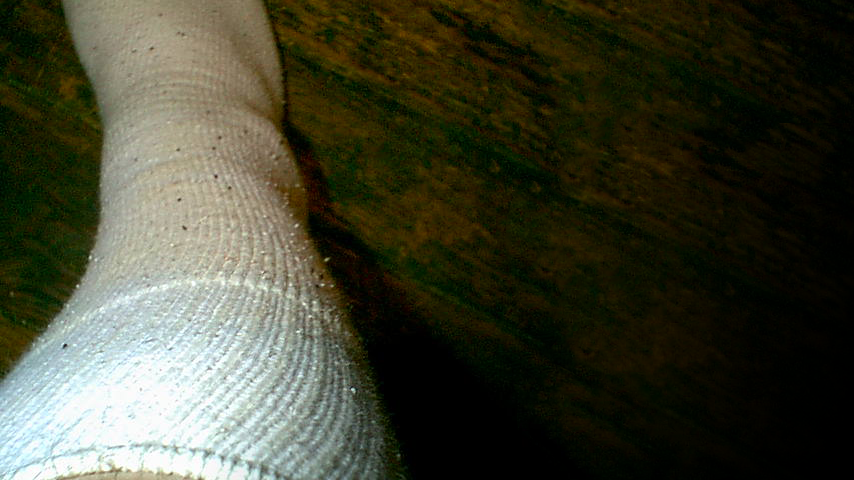Summary
Fleas are not attracted to white. White is the least attractive color to cat fleas. Fleas are dark brown. Thus, they’re most noticeable on light-colored materials, such as white fur or white socks. As a result, a myth arose that fleas are attracted this color. Regardless, fleas still parasitize white cats and dogs. Host color isn’t a primary attraction stimulus.
Details
Attraction to White
Experiment #1
Researchers observed how cat fleas responded to targets of different colors Fig 1. The fewest number of fleas (36.9%) were attracted to the white target. Their response to red, blue, black, and yellow was 79%, 79%, 71.5%, and 60.5%, respectively.
Fig 1 Percentage of fleas responding (y-axis) to targets of different colors (x-axis).
Experiment #2
Flea attraction to black and white targets was studied again. This time, a black or white background was placed behind the target. The fewest fleas were attracted to the white target on the white background Fig 2. The white target against a black background elicited a slightly better, but still poor, response. The black target attracted significantly more fleas, especially against a white background.
Fig 2 Percentage of fleas responding (y-axis) to black or white targets against black or white backgrounds (x-axis).
Experiment #3
A white target was used in this experiment. A red band of varying thicknesses was placed on the target. Cat fleas were least responsive to the solid white target Fig 3. A solid red target attracted the most fleas. More and more fleas were attracted to the target as the red surface area grew.
Fig 3 Percentage of fleas responding (y-axis) to a white target bisected by a red band of varying thicknesses.(x-axis).
The White Sock Technique
The white sock technique is a simple way to evaluate and monitor flea populations in homes. It involves a person wearing knee-high white socks and walking around carpets. Young fleas think this person is a nearby host and jump onto the socks. Fleas on the socks can then be counted to estimate populations.

Img 1 Cat fleas on socks. The white background helps make the fleas visible.
So, why white socks? This technique was most likely developed from people casually observing fleas on their socks. The white fabric makes the dark fleas more visible and easy to count. However, if previous experiments hold true, black socks would attract more fleas than white socks.
Why Flea Traps are White
Fleas possess simple eyes that can only detect changes in light intensity. Light is a major attraction stimulus for fleas. Fleas traps exploit this stimulus by lighting up an area. As a result, they’re most effective at night. Flea traps are white because white surfaces are the best at reflecting light.




You must log in to post a comment. Log in now.